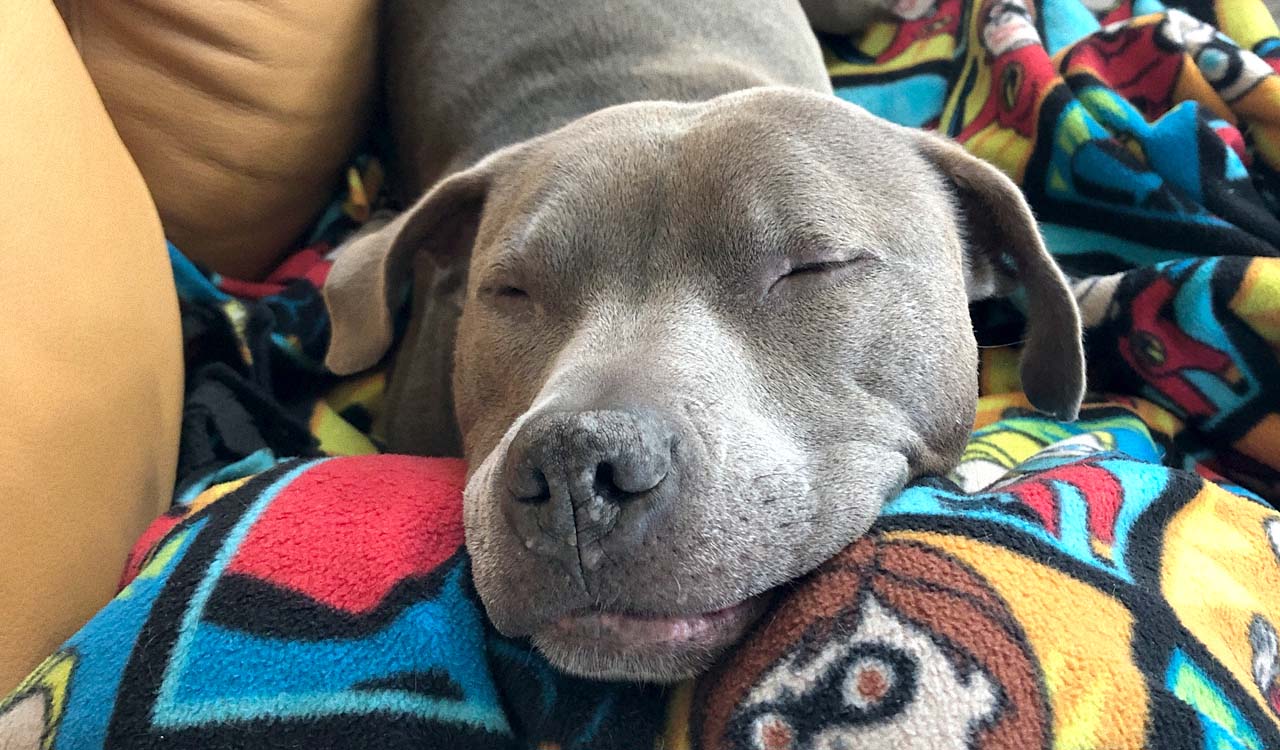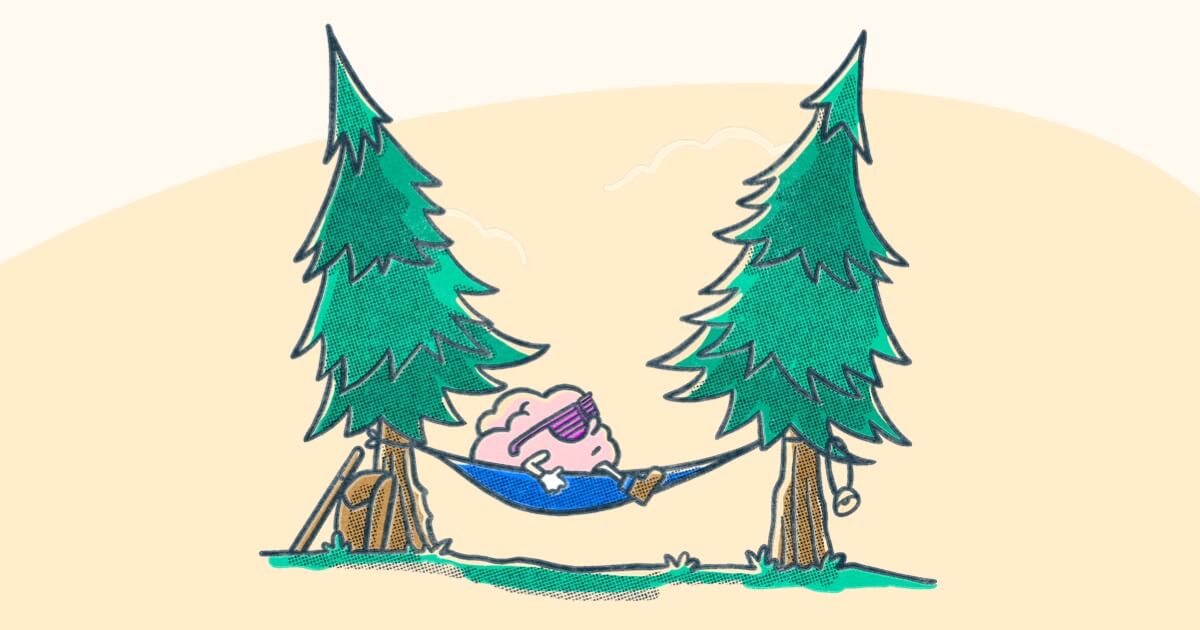I am writing a blog about relaxation.
I am not relaxed.
But in theory, I can develop relaxation as a skill like any other. The question is, how? First we must define relaxation.
What exactly is relaxation?
Merriam Webster defines relaxation as:
- to make less tense or rigid
- to make less severe or stringent
- to deprive of energy, zeal, or strength of purpose
In all cases, there is a type of lessening of something we perceive as negative. Relaxation has both mental and physical components. We might say we’re relaxed, but our posture of body language may show something else entirely.
As a dog owner, I was taught very early on to pay attention to my animal’s physical cues to look for signs of distress or fear. The trainer I worked with told me to pay close attention to my dog’s facial muscles. When she softens her face, I know she’s in a place where she can listen to me. When her face is all tensed up, I’ve lost her to something else and no amount of peanut butter can fix it.

Why relaxation matters
While people’s behaviors aren’t always as straightforward as dogs, paying attention to subtle cues in yourself and others can show when you’re tense and when you need to relax. Persistent stress and anxiety are very detrimental to both our mental and physical wellbeing.
While there is certainly more than one way to de-stress or alleviate anxiety, relaxation techniques are a good place to start.
Stress = time to relax?
There’s a misconception that you should only try to relax when you’re stressed. Yes, it’s great to learn to de-stress, but wouldn’t it be much easier to cultivate that skill if you start at neutral? Back to my experience as a dog mom, it’s easiest to teach and reinforce a behavior with your pet when they’re in a neutral state vs. super stressed or excited.
When you start to practice the art of relaxation, try to find a time when you’re not in a heightened state. Like most skills, you have to build. No one starts playing Chopin’s Étude Op. 10 No. 4 without first practicing their scales. No dog owner teaches a complex trick without first mastering sit, stay, leave it.
Four relaxation techniques
There are few different ways people train themselves to relax. Some are easier to do than others and some require a specific environment or tools. Often, several methods are combined.
1. Guided Imagery
Also referred to as ‘Visualization’, you close your eyes and work to imagine specific images and places you would find calming. An empty beach or lush forest works for most people. You could also think of a specific object like a plant or cup of coffee. Anything that stills your mind and gives you a sense of peace.
2. Biofeedback
While not super accessible to everyone, biofeedback devices can help you self monitor and work on relaxation. Biofeedback looks at your heart rate, blood pressure, or muscle tension. The idea is that being more aware of your body will help you identify tension and be able to release it.
3. Breathing
This seems like a no brainer, and probably is to anyone who does yoga, but breathing can be an incredibly helpful way to regulate your body and build focus. There are plenty of apps that can help you through breathing exercises, but even a simple ‘breath in for four, hold for four, breath out for four,’ can help set you up for relaxation.
4. Progressive Muscle Relaxation
I saved my favorite for last. This is one of the most effective and easiest ways to teach yourself to relax. Progressive muscle relaxation was invented by Dr. Edmund Jacobson in 1929. The idea is that you purposefully tense and release your muscles one by one to systematically relax. Here’s an example:
-
- Sit comfortably in a chair or lie down on a couch
- Starting with your toes, tense for five seconds, then relax for thirty seconds
- Work your way up from your toes, to your calves, knees, quads, glutes, abdominals and so on
Most of us don’t realize when we’re slightly tense. This technique gradually teaches us to become more aware of tension in our bodies with the goal of reducing that tension through awareness.
Dr. Jacobson required his patients to practice progressive muscle relaxation for an hour a day. Today, most people use this technique first thing in the morning or right before bed and that’s enough.
How is relaxation different from meditation?
Quite simply, learning to relax is easier than learning to meditate. Meditation is an amazing tool for many people, but it can be hard to start and maintain the practice. Meditation requires us to quiet our minds and be present in that exact moment.

I personally find this extremely difficult. My mind doesn’t just wander; it dramatically zig-zags like a weasel war dance. I can usually get through a 10-minute guided meditation with the Calm app, but trying by myself? I have tried and failed.
I can, however, very easily lie on the floor and do the progressive muscle relaxation technique. It’s easier because you’re not trying to quiet your mind. You are focusing your thoughts on a specific physical action which to me, is a simple task.
Both have immense benefits, and both are wonderful tools for mental and physical wellness. For most of us, it’s a matter of personal preference and willingness to practice.
Does relaxation help us physically?
Yes. A study by the Harvard-affiliated Massachusetts General Hospital (MGH) found that participants in a relaxation-focused training program reduced their need for health care services by 43%.
A ten-year study showed overwhelming positive effects on reducing anxiety by using relaxation training.
Relaxation training in children showed general positive psychophysiological effects using both progressive muscle relaxation and visualization techniques.
Conclusion
I am actually more relaxed after writing this. Perhaps it was the research or perhaps it was the few minutes of trying the progressive muscle relaxation. Maybe it’s that I know there’s hope for someone who’s often anxious and stressed.
Like most things in life, the trick is finding what works for you. If relaxation requires a weighted blanket in the form of your lovable fur-baby and some background Bach, go for it. We all have different ways to relax. The trick is to purposefully seek these moments out and make time for them. Hopefully a few of these techniques will work for you.

 learning science
learning science